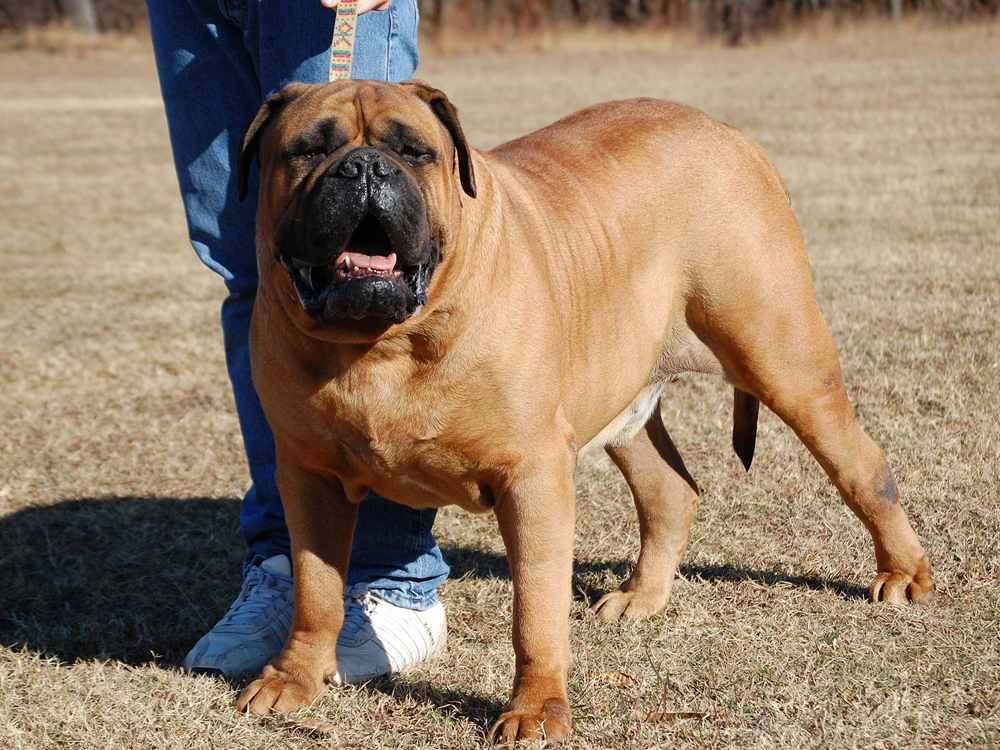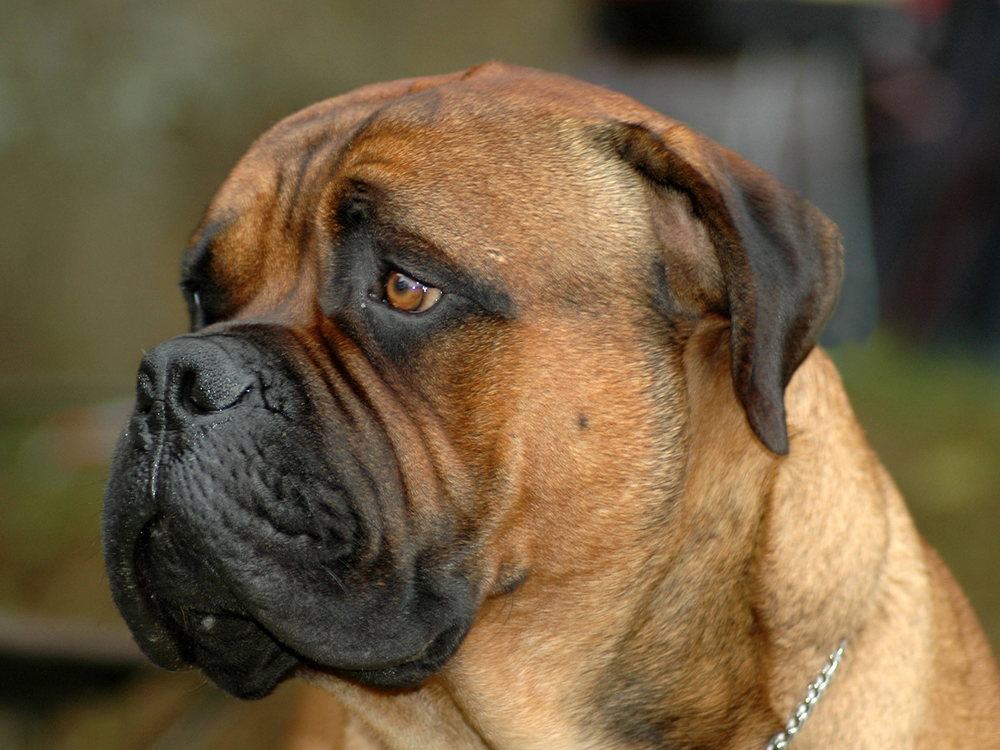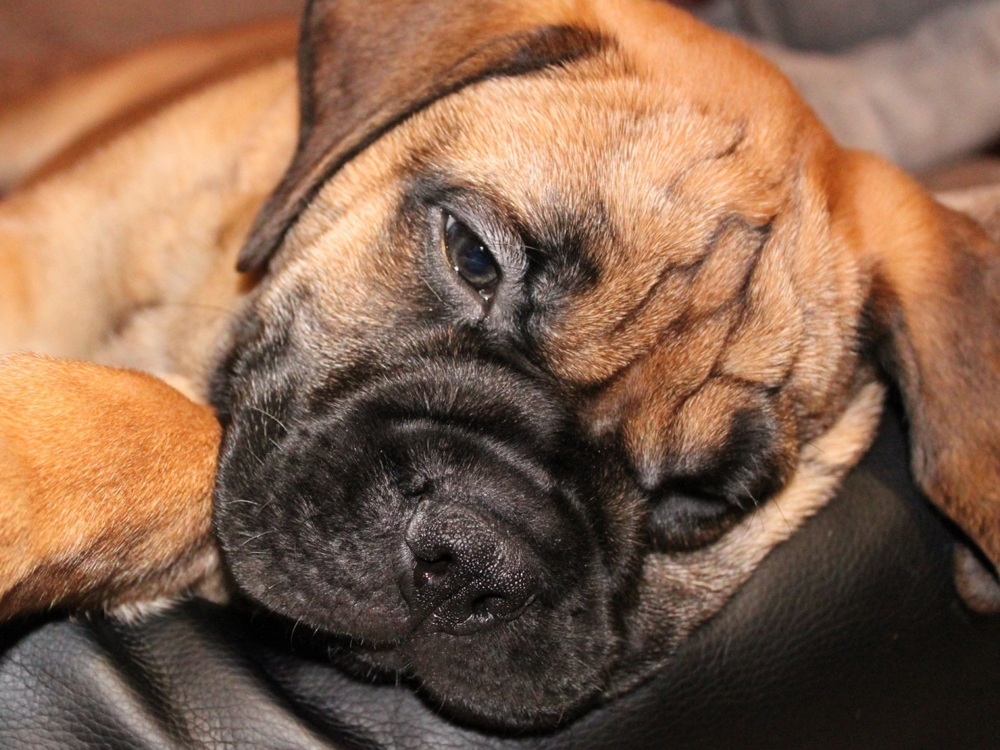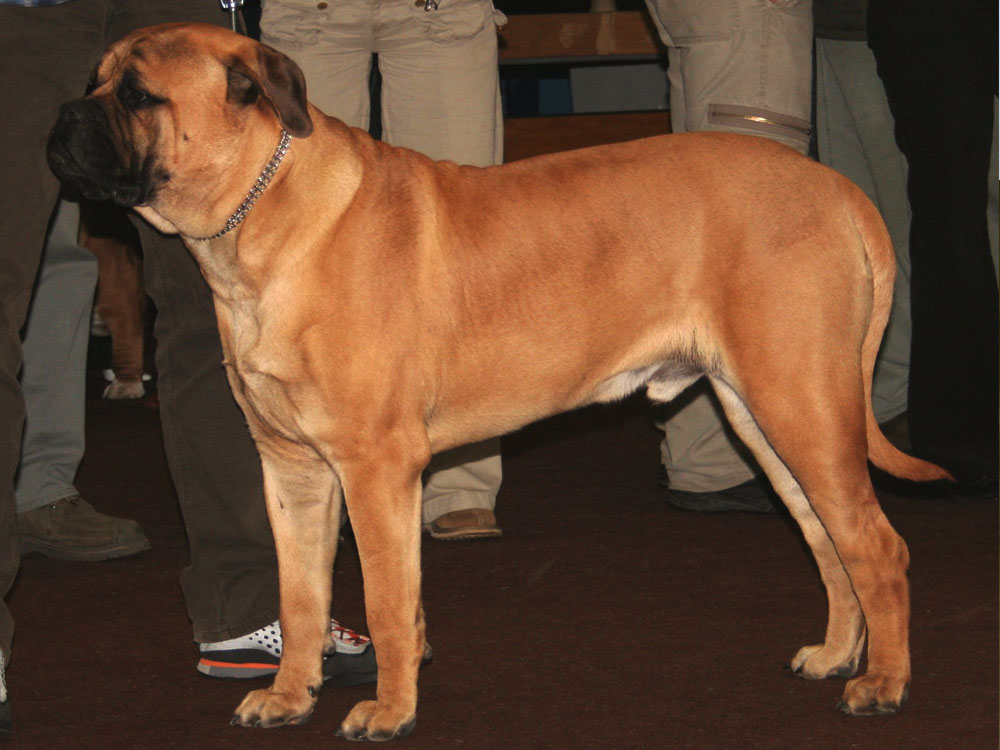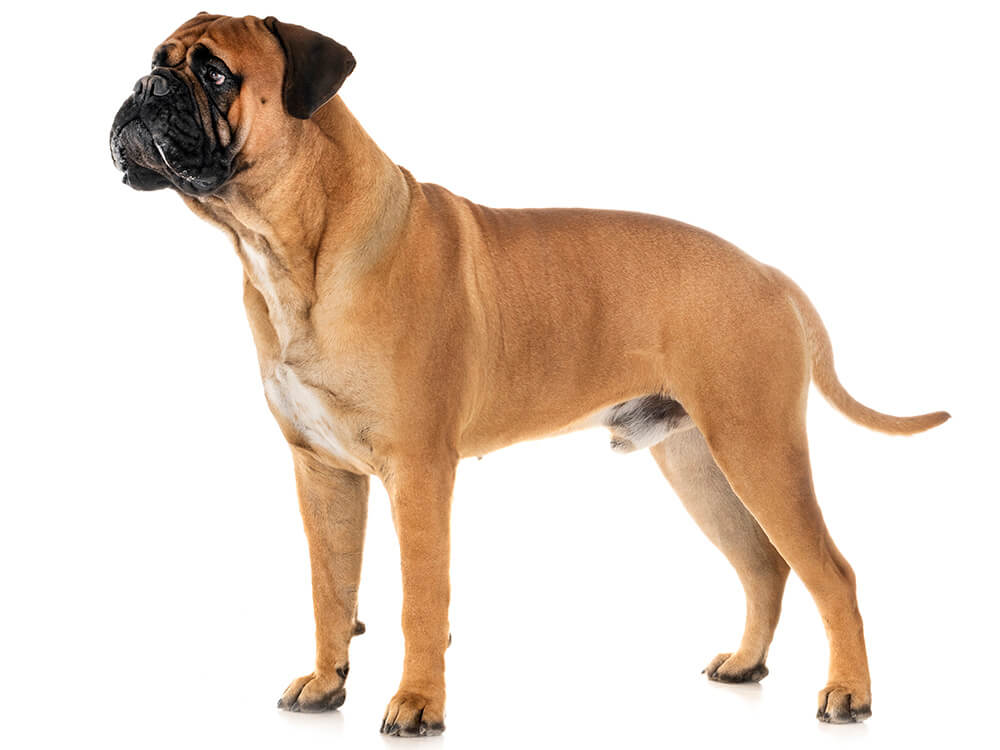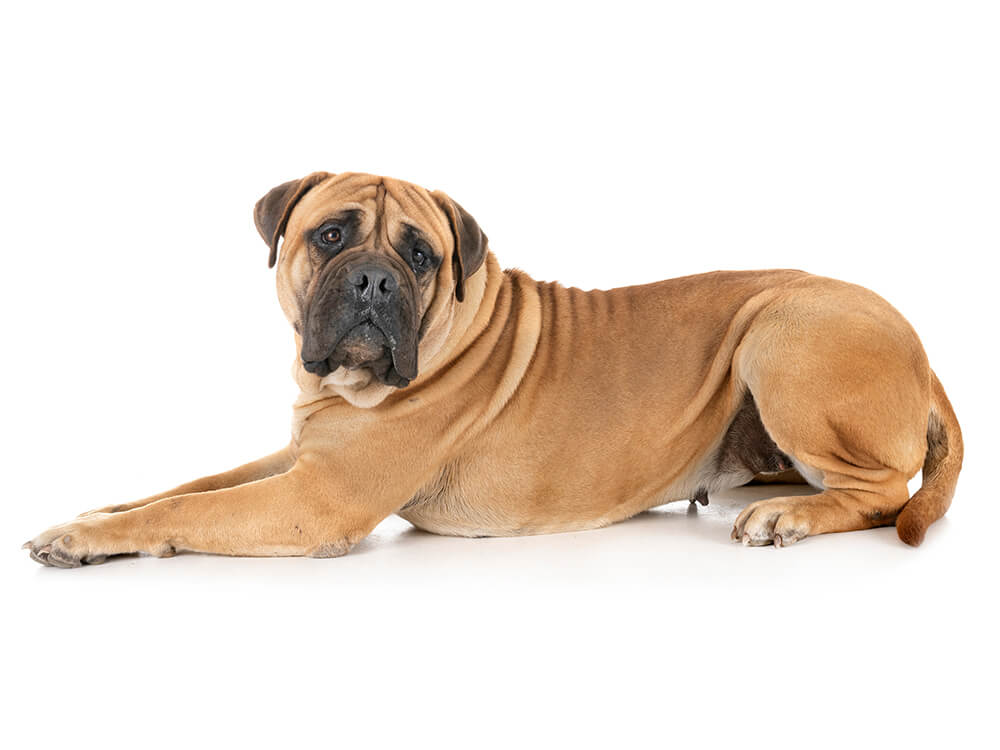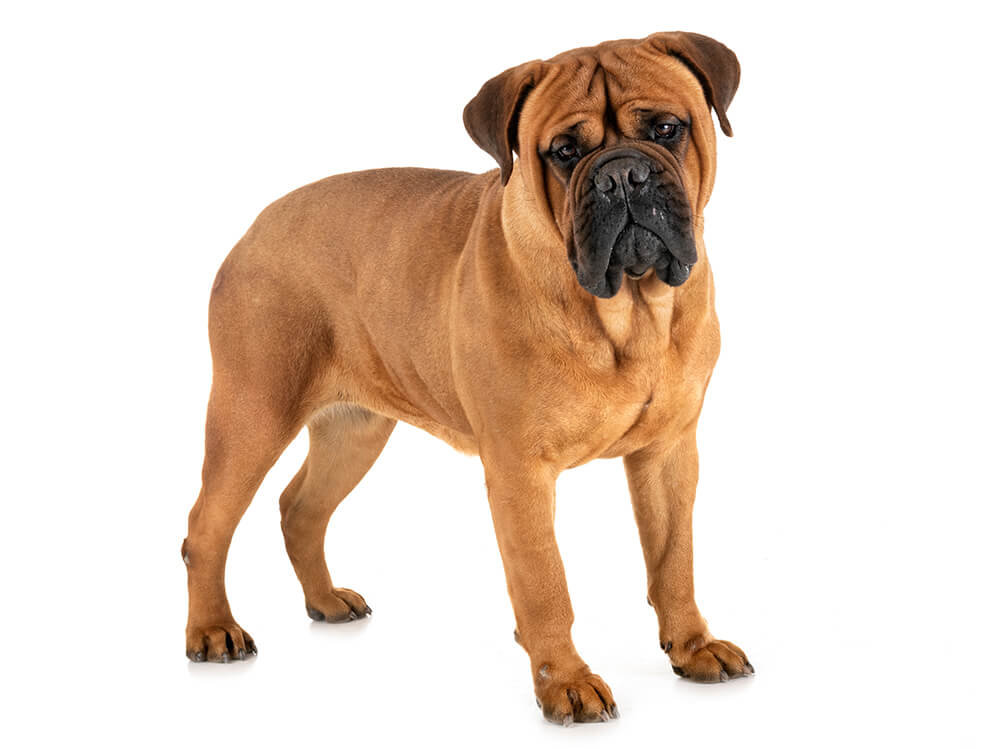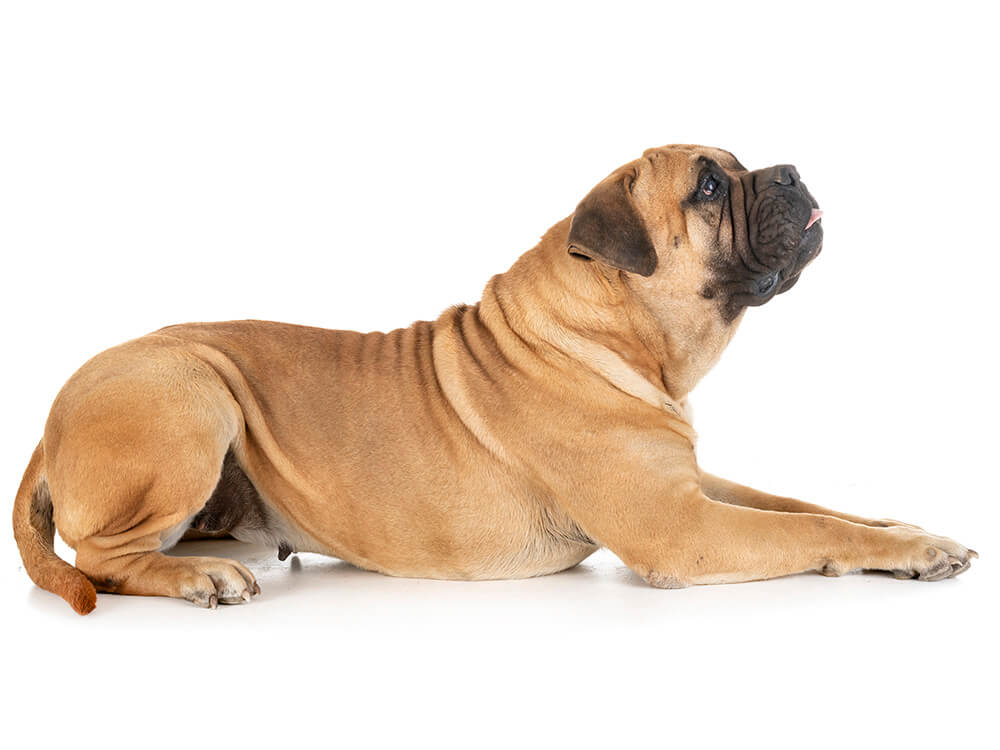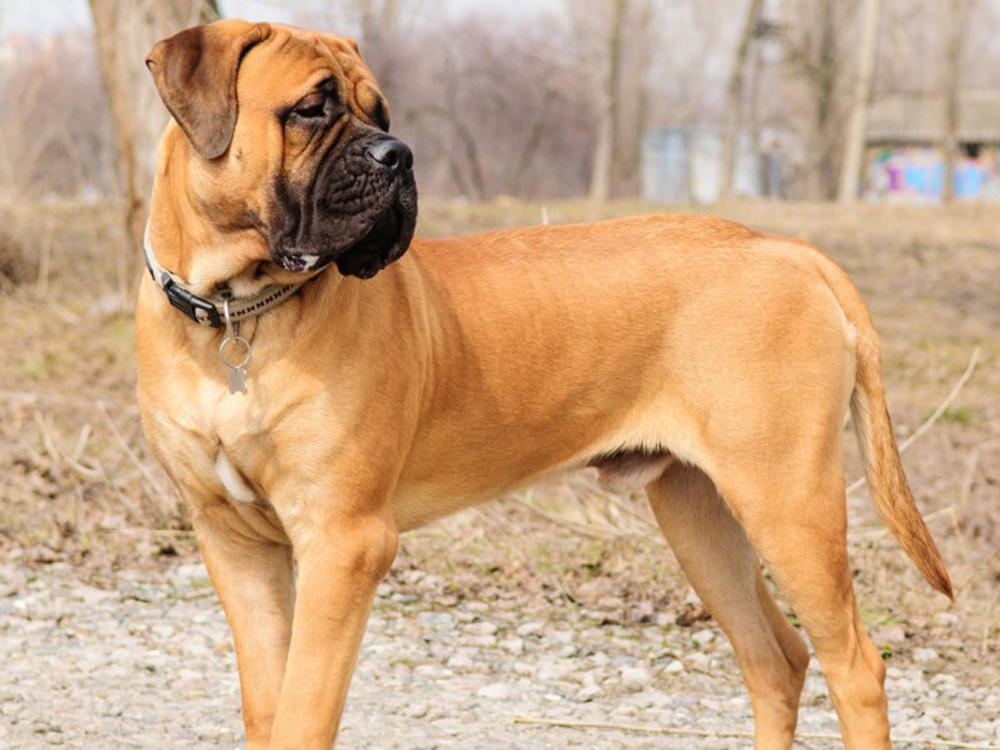
Bullmastif Breed Pictures
Vital Breed Stats
| Height: | 63 - 69 cm M | 60 - 66 cm F |
| Weight: | 50 - 60 kg M | 45 - 54 kg F |
| Breed Group: | Utility Dog Group |
| Life Expectancy: | 7 - 10 years |
| KC Registered: | No |
Breed Characteristics
| Size: |  |
| Grooming: |  |
| Exercise Level: |  |
| Trainability: |  |
| Barking Level: |  |
| Good with Children: |  |
| Good with other pets: |  |
| Affectionate: |  |
| Protective: |  |
| Cost to Keep: |  |
Give a thumbs up if you love the Bullmastif

0
More About the Breed
History
The Bullmastiff is a modern breed originating in Britain in the mid-1800s. They were bred as working dogs developed primarily to deter poachers off estates. Known as the Gamekeeper's Night Dog, the Bullmastiffs worked alongside the English estate gamekeeper and his family. Bullmastiffs came about when gamekeepers crossed the large and strong Mastiff with the fearless and aggressive Bulldog to develop a breed with the right strength, speed and size to fit the role.
The 20th century saw a decline in the poaching, so Bullmastiffs were put to work for different purposes as sentries and guards alongside the police and military. In 1924, the Bullmastiff was recognised as a breed by England's The Kennel Club. The same year, the British Bullmastiff League was founded, which established the first official breed standard.
Appearance
Grooming
The Bullmastif coats are short and extremely weather-resistant, which should be easy to groom. This means a weekly grooming using a mitt will suffice to keep the dead hair off and maintain its coat looking healthy and clean.
It is crucial to keep an eye on Bullmastiff's face, and muzzle as the folds may cause potential skin issues. Include the creases in your grooming to prevent any bacteria from thriving and causing infections. The rest is basic care such as regular brushing of the teeth, nail trimming and ear checks.
Temperament
Intelligence
Bred as a watch/guard dog, its protective nature allows it to respond quickly to any threats to its family. It is wary around people outside the family circle but will generally tolerate being around strangers that are introduced to them by its owners.
The Bullmastiff dog breed is not ideal for first-time owners as it tends to show its dominant nature in the household if not properly trained to know its place in the pack. It needs experienced handlers who can establish authority and can give it the right training from an early age.
Bullmastiffs are not ideal for families with small children since this dog is not as tolerant of children as other dog breeds. Anyone who already has a Bullmastiff and children at home must make sure interaction (e.g. playtime) is supervised, as with any other dog breed.
Nutrition
- Senior and less active: up to 1,970 calories daily
- Typical adults: up to 2,210 calories daily
- Physically active/working dogs: up to 2,450 calories daily
Feeding
Health
Exercise
Cost of Ownership
The thought of owning a Bullmastiff may be rewarding but there are certain adjustments that you have to make. Other than making more room for one more family member, you also have to set aside an additional budget to raise it. Bullmastiffs will cost around £800 to £1,000 for a well-bred puppy from a reputable breeder.
Let's not forget pet insurance. The cost to insure a Bullmastiff may be around £62 a month for a basic cover and £116 a month for a lifetime policy. Veterinary costs is another thing that will quickly set you back £1,400 a year. These include initial vaccinations, boosters, and neutering and routine veterinary health checks.
Other costs to factor in are the purchase of dog supplies and equipment which includes the leash, collar, food bowl, toys and bed. This will roughly be around £100 to £200 depending on the quality you choose. Overall, you may need to shell out £120 to £200 a month.
Is a Bullmastif Right for You?
- Bullmastiffs are loyal, protective and are natural guard dogs.
- They only bark to alert or when necessary.
- They are ideal for owners who are experienced in training dogs.
- They are also not the best choice for families with small children.
- They are considered as an expensive dog breed.
- Their exercise needs are not that demanding.






